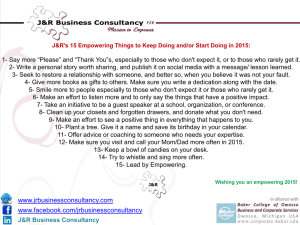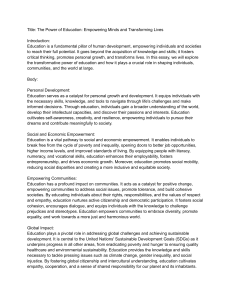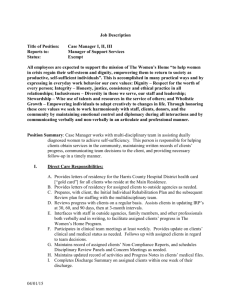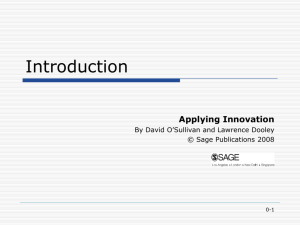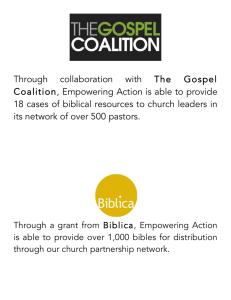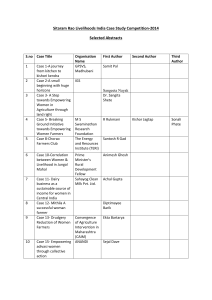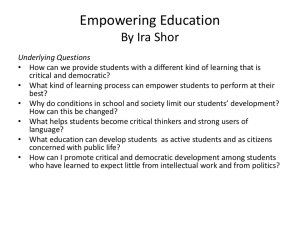“WHO is to do WHAT for WHOM and HOW,
advertisement
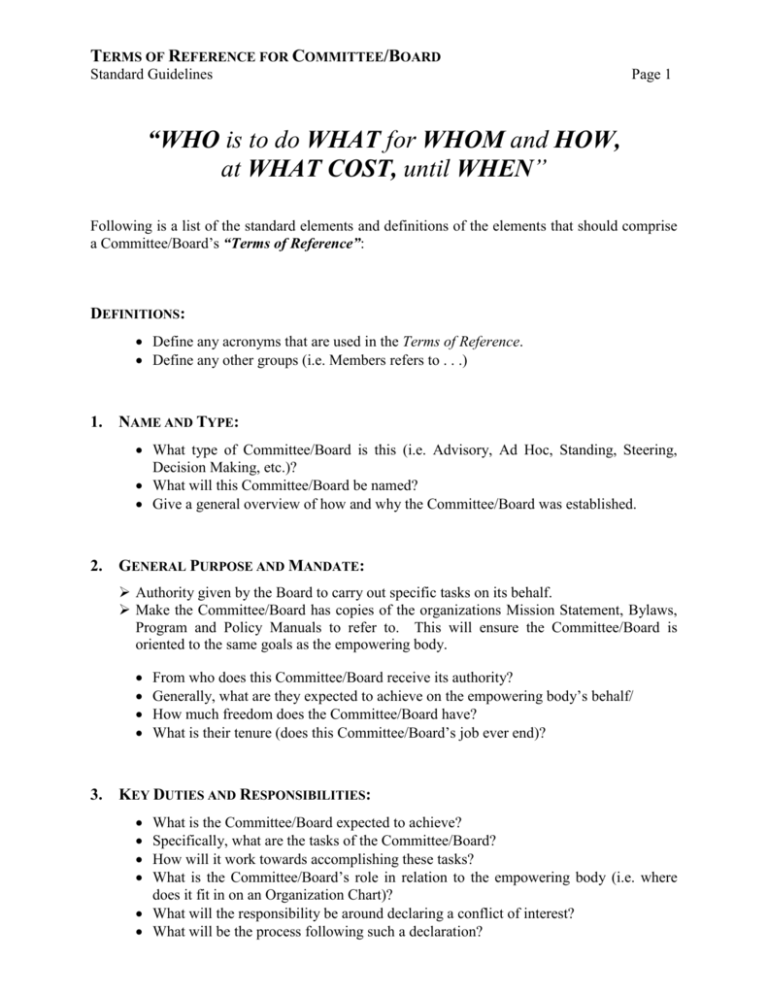
TERMS OF REFERENCE FOR COMMITTEE/BOARD Standard Guidelines Page 1 “WHO is to do WHAT for WHOM and HOW, at WHAT COST, until WHEN” Following is a list of the standard elements and definitions of the elements that should comprise a Committee/Board’s “Terms of Reference”: DEFINITIONS: Define any acronyms that are used in the Terms of Reference. Define any other groups (i.e. Members refers to . . .) 1. NAME AND TYPE: What type of Committee/Board is this (i.e. Advisory, Ad Hoc, Standing, Steering, Decision Making, etc.)? What will this Committee/Board be named? Give a general overview of how and why the Committee/Board was established. 2. GENERAL PURPOSE AND MANDATE: Authority given by the Board to carry out specific tasks on its behalf. Make the Committee/Board has copies of the organizations Mission Statement, Bylaws, Program and Policy Manuals to refer to. This will ensure the Committee/Board is oriented to the same goals as the empowering body. From who does this Committee/Board receive its authority? Generally, what are they expected to achieve on the empowering body’s behalf/ How much freedom does the Committee/Board have? What is their tenure (does this Committee/Board’s job ever end)? 3. KEY DUTIES AND RESPONSIBILITIES: What is the Committee/Board expected to achieve? Specifically, what are the tasks of the Committee/Board? How will it work towards accomplishing these tasks? What is the Committee/Board’s role in relation to the empowering body (i.e. where does it fit in on an Organization Chart)? What will the responsibility be around declaring a conflict of interest? What will be the process following such a declaration? TERMS OF REFERENCE FOR COMMITTEE/BOARD Standard Guidelines Page 2 4. APPOINTMENTS AND COMPOSITION: How are members selected? How long do members serve? Can they serve a second term? Will there be alternate members and if so, how will they be identified? What is expected of members in the way of experience, ability, knowledge, etc.? How is the Chairperson identified and how long does he/she serve? 5. MEETINGS: How often are meetings held? How are meetings scheduled? Who organizes and notifies other members of meetings? Are minutes taken, and who performs this task? Can community members attend some, all, or none of the meetings? How is this communicated? 6. RESOURCES: Financial What funds does the Committee/Board have to work with this year? What is the purpose of these funds (technical assistance)? What restrictions apply? What approvals are necessary? Are there timing considerations? Staff What staff member(s) work with this Committee/Board? How much staff time is allocated to the work of the Committee/Board? What restrictions apply? How does the Committee/Board obtain additional time? 7. SPECIFIC ANNUAL OBJECTIVES: What are the specific objectives that the Committee/Board needs to accomplish this year? TERMS OF REFERENCE FOR COMMITTEE/BOARD Standard Guidelines Page 3 8. REPORTS AND TARGET DATES: To who does this Committee/Board report? How often? Vernal or in writing? What elements must the report contain? Does the whole group report, or just the Chairperson? Must the Committee/Board seek approval from the empowering body before they act, or do they report after the fact? 9. REVIEW AND EVALUATION PROCESS: How will this Committee/Board be evaluated? What will be the mark of success? Who will evaluate? Who will initiate the evaluation process? Do the Terms of Reference require adjustment for the next term/period? What is necessary before adjustments can be made to the Terms of Reference? 10. APPROVAL AND REVIEW DATE How much time should elapse before the empowering body reviews and approves the continuation of this Committee/Board? When will the empowering body made a commitment to review and approve the continuation of this Committee/Board again? NOTE: Be sure to date all Terms of Reference.
